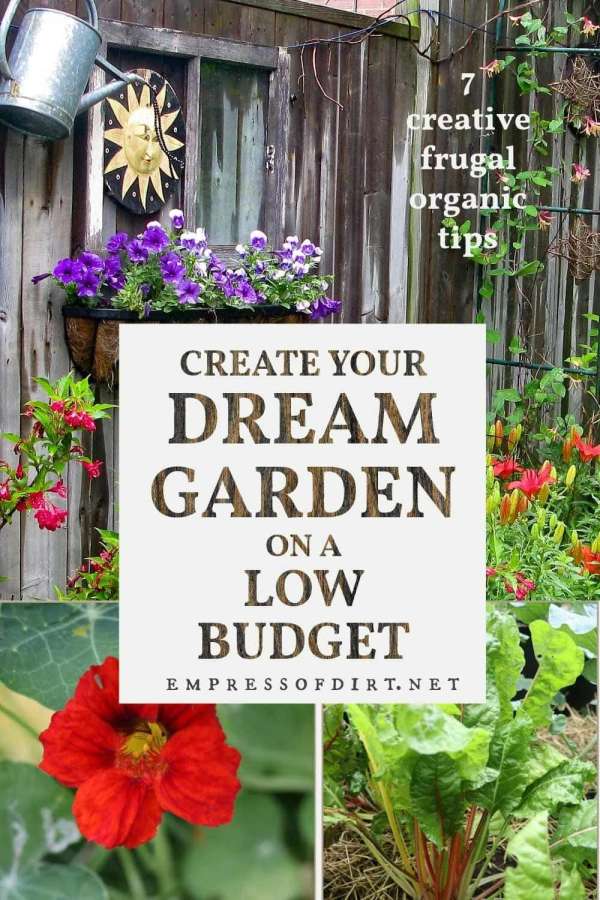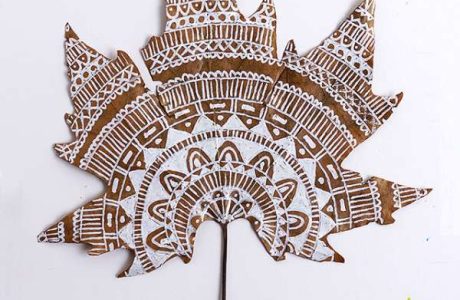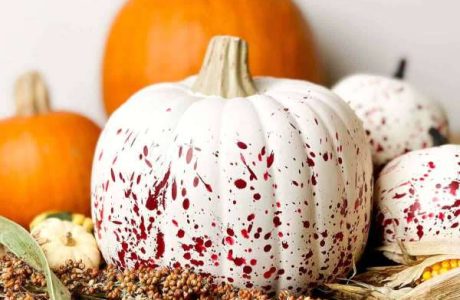
Are you dreaming of a beautiful garden but don’t have a lot of money to spend on it? Well, you’re in luck! The EmpressOfDirt has put together a fantastic list of 26 frugal gardening tips that will help you create a stunning garden on a budget of just $100 per year.
Gardening can be a costly hobby, but it doesn’t have to be. With a little creativity and resourcefulness, you can create a garden that’s both beautiful and budget-friendly. The EmpressOfDirt’s list is full of practical tips and tricks that will help you save money in the garden, without sacrificing style or beauty.
Some of the tips on the list include using free or low-cost materials for garden beds, starting seedlings from kitchen scraps, and using natural pest control methods. The list also includes ideas for creating a garden that’s both beautiful and functional, such as incorporating edible plants and herbs.
In addition to saving money, these tips are also environmentally-sensible. By using natural pest control methods, you’ll reduce the use of harmful chemicals, and by starting seedlings from kitchen scraps, you’ll reduce the amount of waste you produce. By using these tips, you can create a garden that not only looks beautiful but also helps in the sustainability of the environment.
So, whether you’re a seasoned gardener or a newbie, don’t let a tight budget hold you back from creating a garden of your dreams. Check out the EmpressOfDirt’s list of 26 frugal gardening tips and start planning your budget-friendly garden today.
Get all the ideas at the EmpressOfDirt (love that name!): 26 ideas for a frugal garden.
Gardening can be a fulfilling and rewarding hobby, but it can also be expensive if you’re not careful. Fortunately, there are plenty of ways to save money while still enjoying all the benefits of growing your own plants. From starting seeds indoors to using natural pest control methods, there are many frugal gardening tips that can help you keep costs down. Here are some of our favorites:
Start seeds indoors to save money on buying established plants.
Collect and save seeds from your own plants for next year’s garden.
Make your own compost from kitchen scraps and yard waste instead of buying fertilizers.
Use natural pest control methods like companion planting or hand-picking pests instead of buying expensive pesticides.
Choose plants that are well-suited to your climate and growing conditions to minimize the need for expensive care and maintenance.
Buy gardening supplies in bulk or on sale to save money over the long term.
Look for free or discounted plants and gardening supplies on websites like Craigslist or Freecycle.
Trade seeds and plants with other gardeners in your community.
Use recycled materials like old tires or pallets to create raised beds.
Choose perennial plants that will come back year after year, saving you money on replanting.
Grow your own herbs and vegetables to save money on buying them at the grocery store.
Use homemade or DIY trellises and stakes to support climbing plants.
Make your own plant markers from recycled materials like popsicle sticks or wine corks.
Save money on watering by collecting rainwater in a barrel to use for your plants.
Use natural mulch like leaves or straw instead of buying expensive commercial mulch.
Use a hoe or hand tools instead of expensive power tools for weeding and cultivating.
Use eggshells, coffee grounds, or other kitchen waste to deter slugs and other pests.
Use cardboard or newspaper as a weed barrier instead of expensive landscape fabric.
Use homemade or DIY compost bins to save money on buying commercial compost bins.
Choose drought-tolerant plants that require less water and care.
These are just a few examples of the many frugal gardening tips that can help you save money while still enjoying the benefits of growing your own plants. By being resourceful and creative, you can create a beautiful and productive garden without breaking the bank. Happy gardening!
Homesteading is very popular this year, but what exactly is Homesteading? Homesteading is a lifestyle centered around self-sufficiency, sustainability, and a close connection to the land. Traditionally, it referred to the process of settling and developing land, often through government programs that provided land grants to settlers. Today, homesteading encompasses a wide range of practices aimed at reducing reliance on external resources and living more independently.




Getting ready to have my first garden in over 2 years!!! So happy – thanks for the tips!